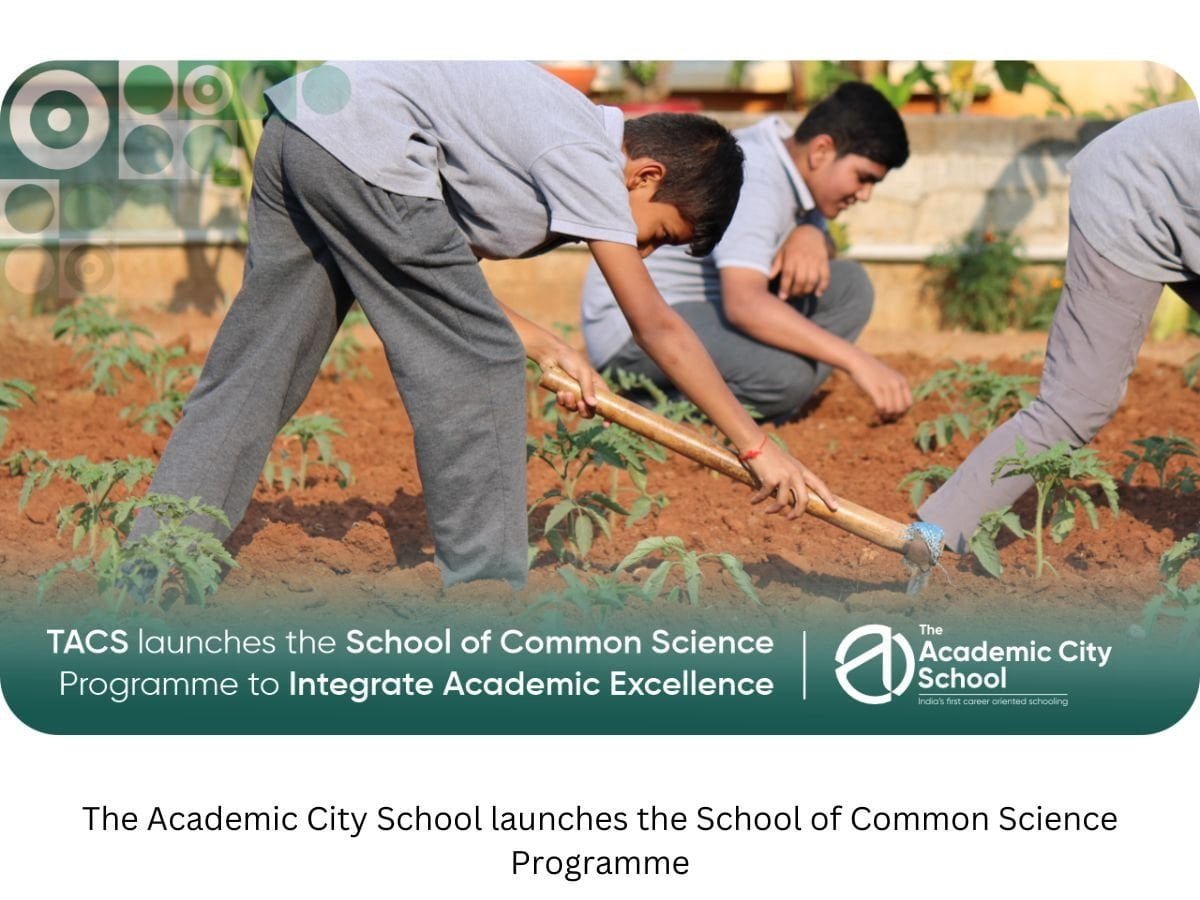[ad_1]
Out of the total 31 students, three have scored above 80%, 18 have scored between 60 and 80% and 10 have scored between 40 and 60%, which can be called quite a milestone for AVM, Bhadreshwar, which supports the education of meritorious children from Bhadreshwar and surrounding villages in Mundra, Gujarat.
What makes this feat more applaud worthy is the fact that many of the students, who belong to fisherfolk communities are first-generation learners. The school grooms them to do well in academics as well as co-curricular activities, helping them to realise their true aspirations.
“First of all, we often think about education as being solely an academic enterprise, but our schools do so much more. We saw children and families struggling with basic needs, such as access to food and health care, which our schools provide,” shares Viraj V, the Academic Coordinator Adani Vidya Mandir, Bhadreshwar.
What has proved to be crucial for the students to achieve this cent percent result has been the after-school extra classes, feels Principal Mohan Vaghela.
AVMB adopted the approach of a make-shift residential campus. Parents of Class X students were approached and upon their consent students (boys) were made to stay in school for a month before their examination. Girls were to report to school from 7 in the morning to 6 in the evening. The day during residential classes started at 4 in the morning and ended at 10 at night. It comprised individualized personal instructions by subject teachers, meditation, meals, assessment, counseling, motivational recreation, and a focused academic target set for each child.
Children were so closely monitored and occupied that they had a vigorous schedule without distracting gadgets and activities.
Sharing thoughts on this year’s results, Vaghela says, “The performance of the children has been commendable. But I also do want to thank the teachers who gave it their all. They stayed back at night to help the students revise their syllabus. The last month before the exams, class 10 students were called to the school post-school. Teachers played a crucial role in mentoring each child and bringing out the best in them. They stayed with the students on the campus hence playing a vital role of a teacher-cum-guardian.”
But there were challenges for sure on the way. There were gaps in understanding what gains students have made as well as things they haven’t learned yet. There was also the uphill task of prioritising social-emotional learning and mental health in the short-term and academic learning over the long-term, with trauma-informed interventions, helping students regain social and academic footing following a disruptive year due to Covid-19.
Talking about how they overcame the challenges, Viraj V notes, “Providing a system of integrated, individualized student support was our goal. We also did a comprehensive review of each student’s strengths and needs across multiple domains (academic, health, social and emotional well-being, family) by making portfolio. We made sure that students creatively use time and opportunity. We modified instructional practices to focus on areas needing acceleration and offer high dosage tutoring to all our students. We encouraged students to gather opportunity to learn data alongside academic assessment data of learning gaps.”
[ad_2]



